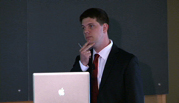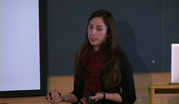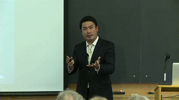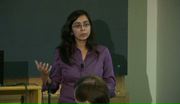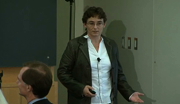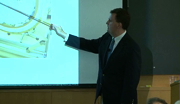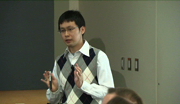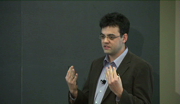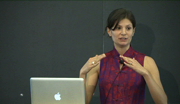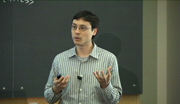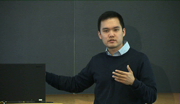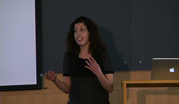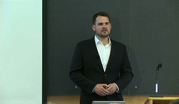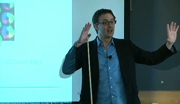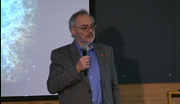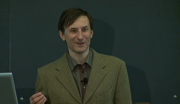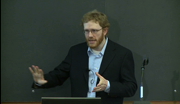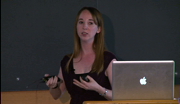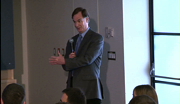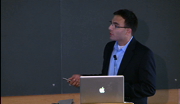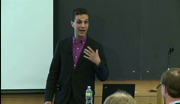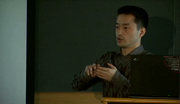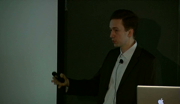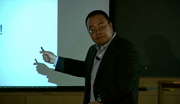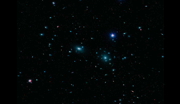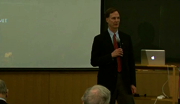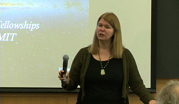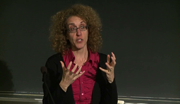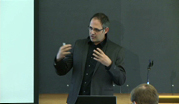The 11th Annual Pappalardo Fellowships in Physics Symposium:
May 18, 2012
Supernovae are the explosive ends of the lives of massive stars. They are the most energetic events in the Universe, and they produce almost all the elements in the periodic table. Although several hundreds of supernovae are found each year by dedicated robotic telescopes, these explosions are too far away to study their physics in detail. I will discuss how we can study the remnants left over from supernova explosions in our own Milky Way galaxy in order to probe the nature of the explosions and their effects on surrounding space.
Laura Lopez completed her Ph.D. in astronomy and astrophysics at the University of California, Santa Cruz, in June 2011, working with Professors Enrico Ramirez-Ruiz, Mark Krumholz, Jason Xavier Prochaska, and Alberto Bolatto. Before going to UCSC, Lopez earned her S.B. in physics at MIT in 2004. She completed her undergraduate thesis at MIT with Dr. Herman Marshall and Professor Claude Canizares. She is originally from Barrington, Illinois.

